The Science and Conservation Center plays an important role in the humane control of wildlife populations by means of fertility control in the United States and around the world.
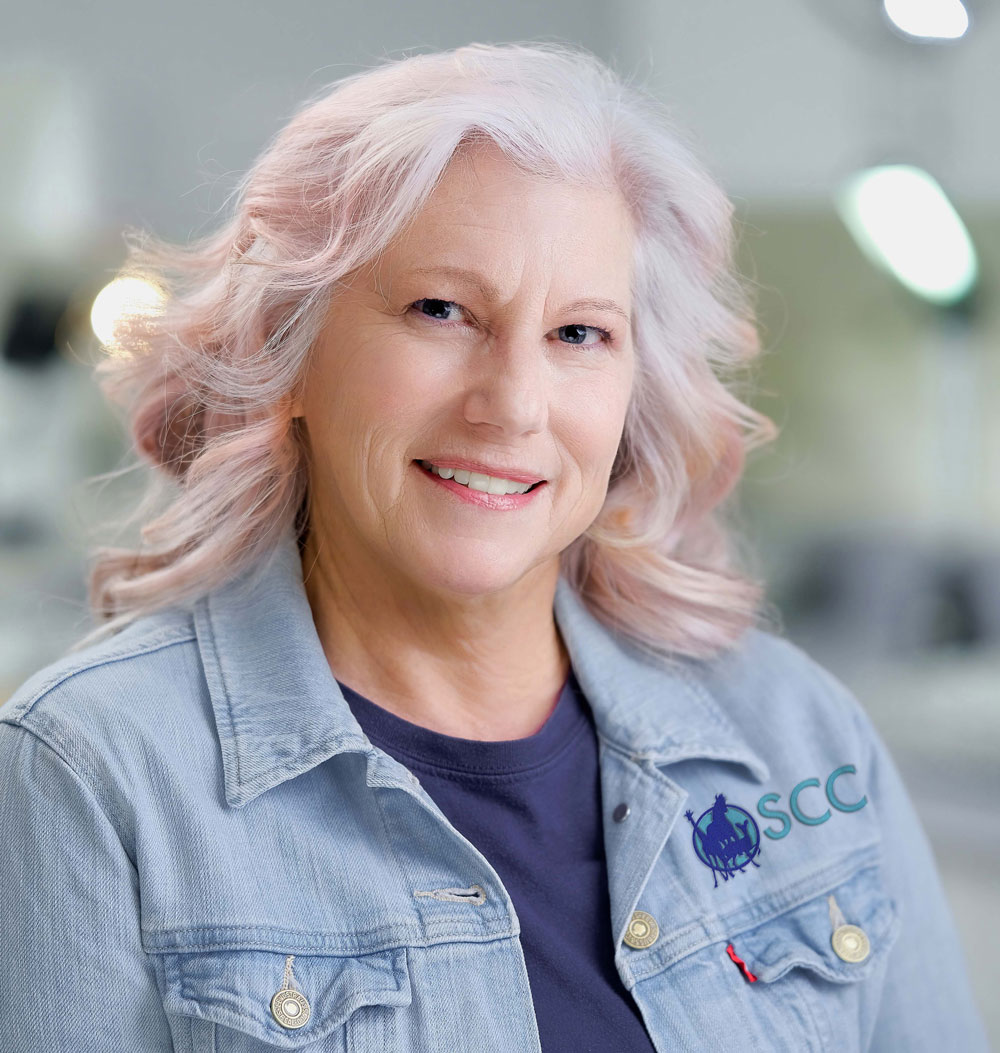
Kimberly earned a Bachelor of Science in Business Administration at Montana State University-Billings in 1992. She joined the Science and Conservation Center in 1993, first as a volunteer then as the conservation biologist and became the executive director in 2016. Kimberly also directs the captive animal fertility control program for the Center, which stretches from North America to Australia, and maintains the wildlife contraceptive database. Kim is a member of the Association of Zoos and Aquariums, and a member of the AZA Reproductive Management Center’s Advisory Board along with being a member of the European Association of Zoos and Aquaria, Reproductive Management Group
Her work with wildlife fertility control has taken her across North America, Europe, South Africa, and Australia. She has been the senior author or co-author on eight scientific papers or book chapters and has given numerous scientific talks at professional meetings over the years.
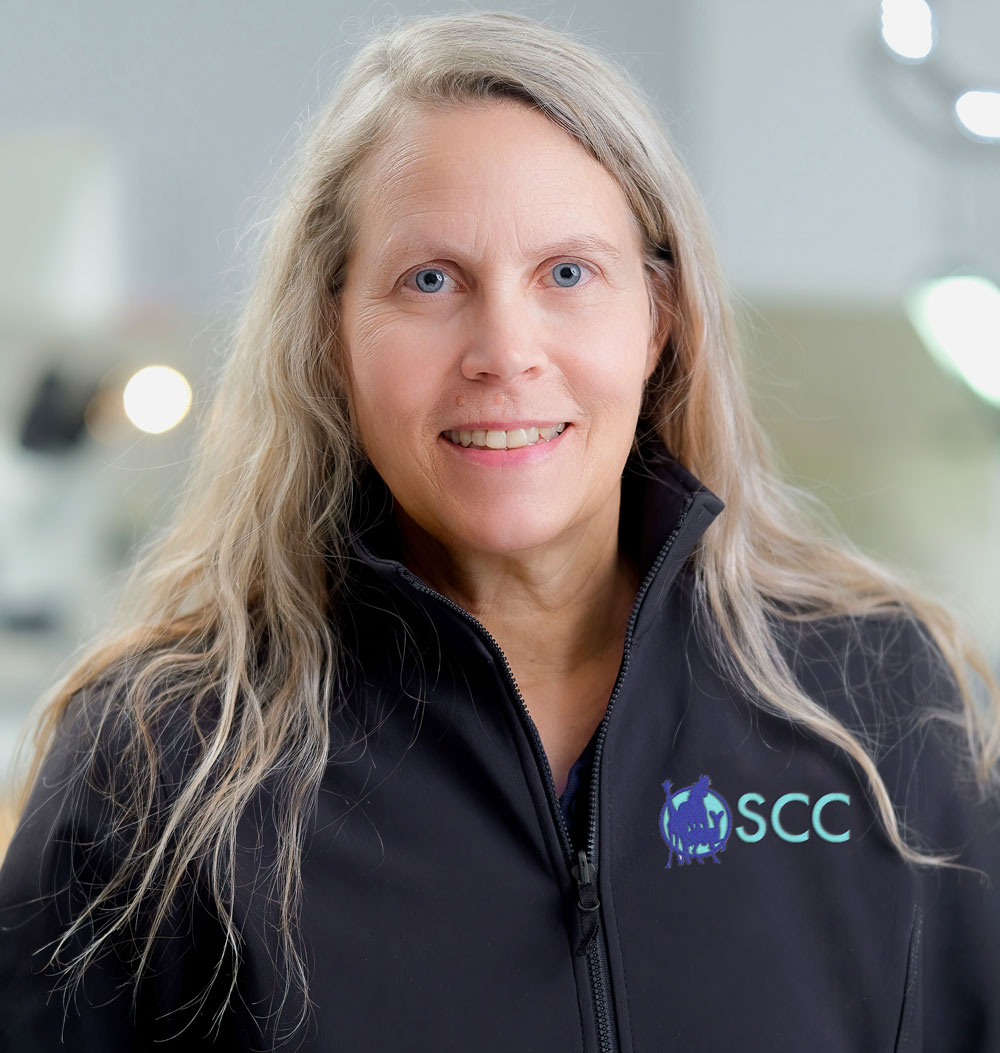
Kayla began her career working in zoos specializing in animal enrichment and training. She volunteered her time with conservation groups in Madagascar and cheetahs in Namibia. Always having an interest in animal behavior and research, she worked on a bighorn sheep survivability study where she supervised field activities. Upon completion of this project, she began her work with wild horses. She has extensive field experience overseeing many of these projects and has worked with various government agencies, non-profit organizations, ranchers and sanctuaries. Her field experience includes working with tractable to elusive herds studying behavior, monitoring populations, and administering PZP (ZonaStat-H) and PZP-22 Immunocontraception. She has also worked and managed field activities on urban deer projects out east also administering PZP and PZP-22. Through this work Kayla has authored and co-authored several scientific papers, including giving talks at professional meetings.
Kayla joined The Science and Conservation Center in 2017 as Senior Biologist where she oversees the training program, works in the lab, data collection management amongst other projects within the organization. She also works with ZooMontana Dart Team to educate on capture immobilization and to administer immobilization medicines for animal care. She has also travelled to various locations within the U.S. and other countries to train and guide individuals in the field and educate those on PZP immunocontraception.
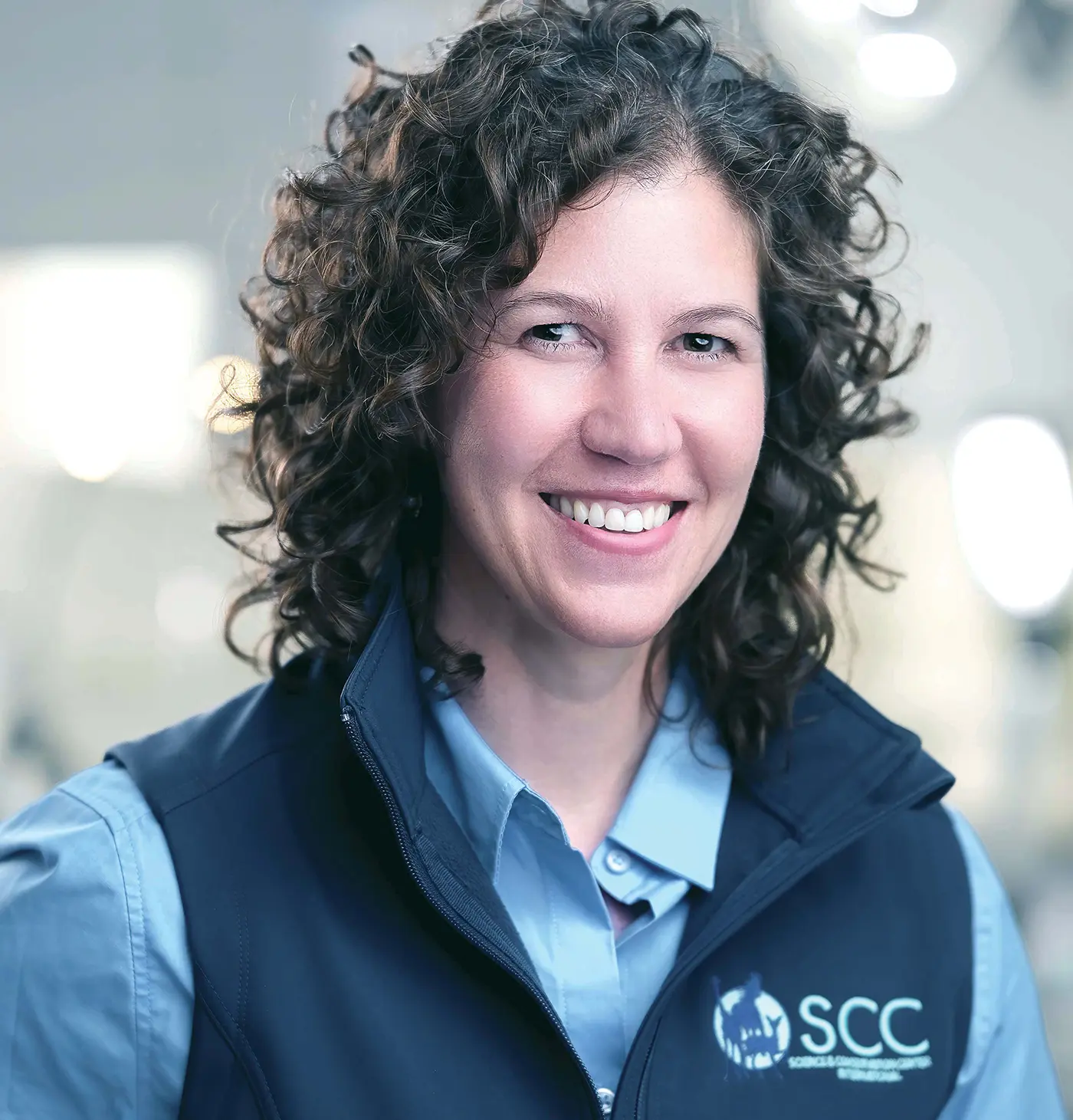
Diplomate, American College of Veterinary Internal Medicine
Melissa started her career as a seasonal biologist working on population demographics and the early field application of PZP in the Pryor Mountain Wild Horse Range and the Little Bookcliffs Wild Horse HMA. Following this work, she obtained her Doctor of Veterinary Medicine in 2008 and completed a master’s degree in 2013 in veterinary science. Since becoming board certified in veterinary internal medicine in 2015, she has worked in academic institutions dividing time between research in large ungulates, veterinary student education and clinical medicine, presenting her research at scientific meetings both nationally and internationally. She maintains memberships with the American Association of Equine Practitioners, American College of Veterinary Internal Medicine, and the American Association of Zoo Veterinarians. In 2024 she joined the team at the Science and Conservation Center as the Science Liaison to advance the mission of research based immunocontraception application.
This year’s summit will focus on free-roaming equid interactions with wildlife. A blend of scientific talks, field experiences, and facilitated groups will work to connect wildlife, conservation, and wild horse and burro management interests.
More press releases to come.
To receive email updates, SCC quarterly newsletters and Annual Reports, please complete this form:
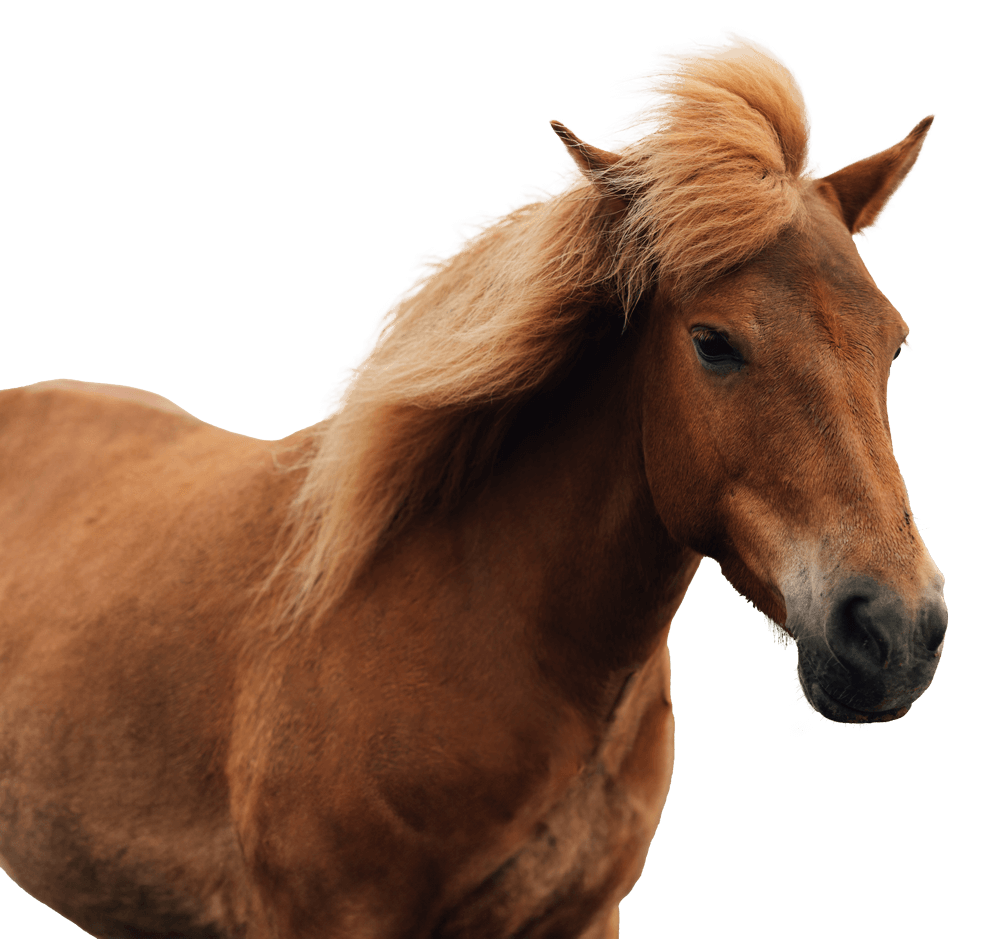
Location: United States
Population: 82,883 on public lands.
Wild horses found in North America are commonly known as “mustangs.” The name “mustang” originates from the Spanish word “mestengo,” which translates to “stray” or “wild.” These magnificent creatures are descendants of domestic horses introduced to the Americas by Spanish explorers during the 15th and 16th centuries.

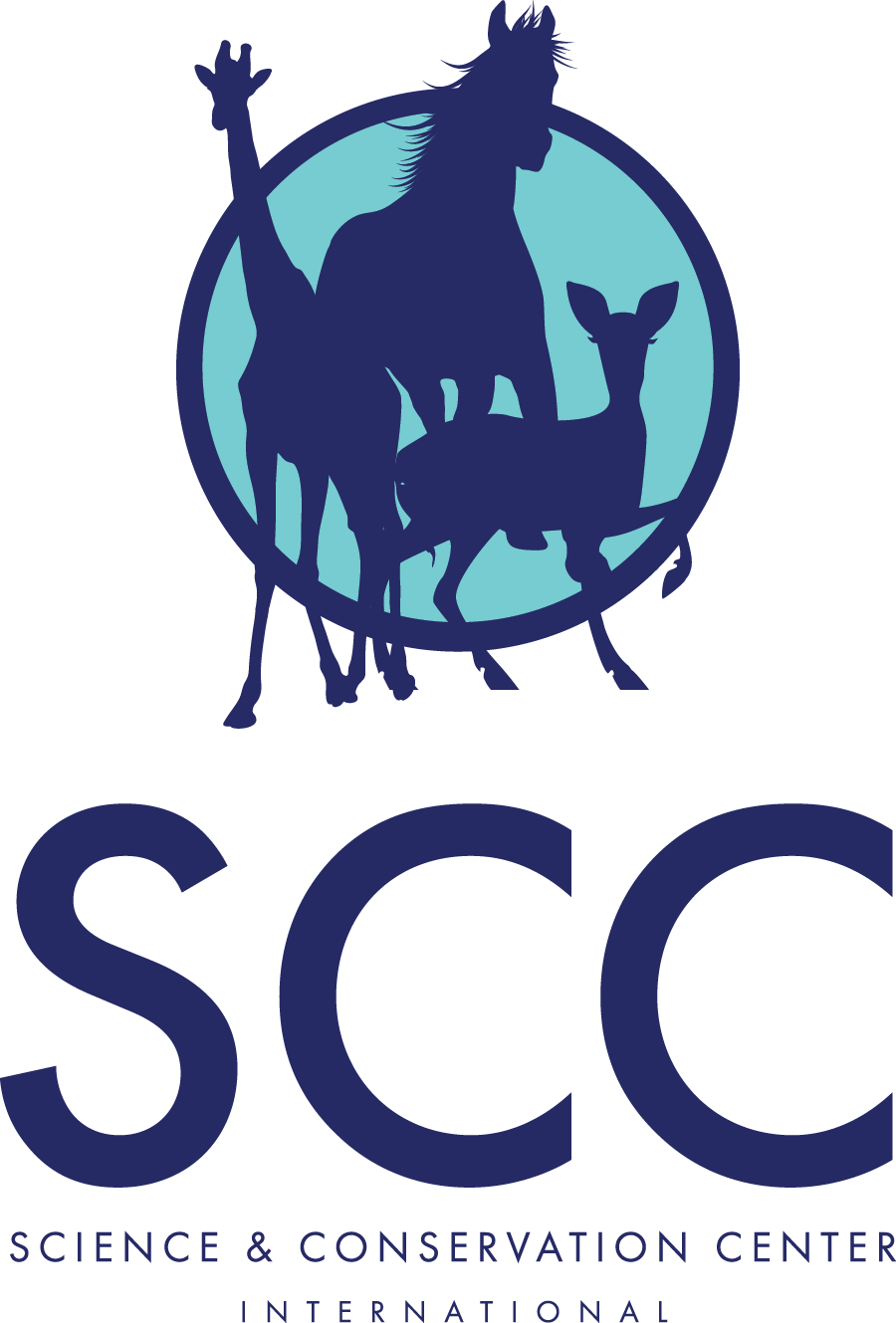
The Science and Conservation Center is an independent non-profit organization dedicated to the development of humane wildlife contraceptives and methods of application. Our research supports the transition to safe, humane, and publicly acceptable wildlife management paradigms that are beginning to replace human-imposed lethal methods.
Your financial contribution helps support this endeavor.